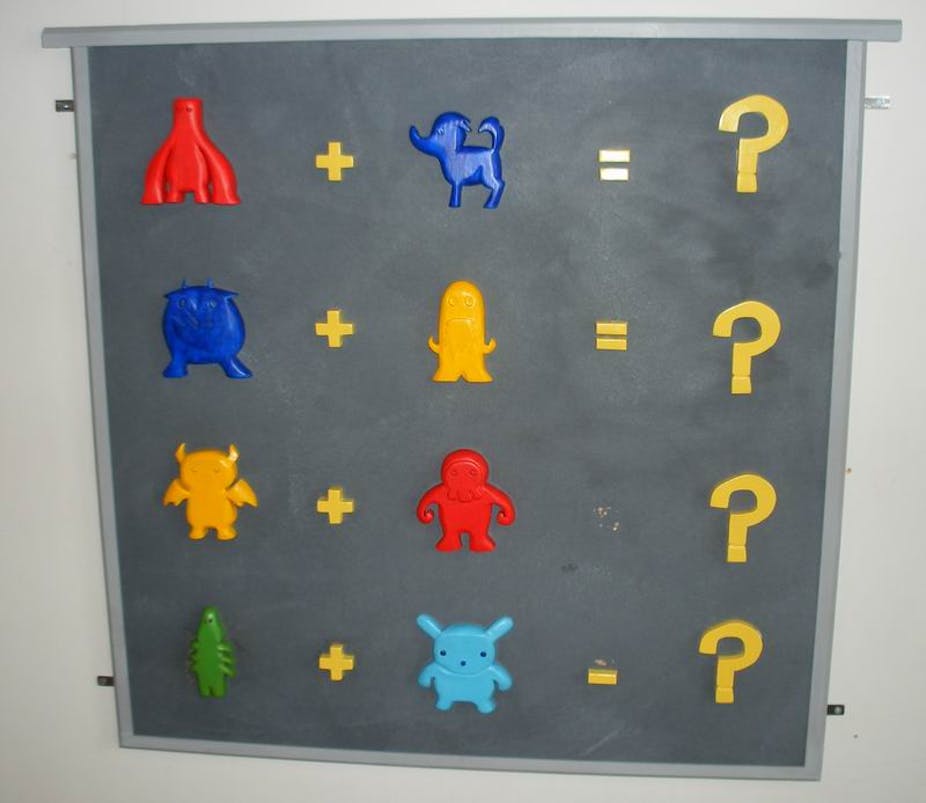Ever-envious of Singapore’s much-heralded success in teaching maths, politicians are keen to see its methodology arriving in UK classrooms.
Education minister Elizabeth Truss explained some of the background to the government’s current proposals for teaching maths in a recent speech.
She mentioned the term “mastery” and enthusiastically welcomed Singapore Maths, a series of textbooks following the “mastery model” by Marshall Cavendish Education, that will be published in the UK from 2015 by Oxford University Press.
One might be tempted to assume Singapore Maths might have something to do with the Ministry of Education in Singapore. I am a huge admirer of the education system in Singapore and have even done some consultancy work for their ministry, but I doubt that the title reflects their direct involvement.
Learning for mastery
The mastery method has been around in educational circles for a while. The term “learning for mastery” was introduced by American educational psychologist Benjamin Bloom in 1968. His idea was that a learning goal has to be broken down into a number of small learning objectives.
This is a methodology that predates computers, but it is often so protracted it needs computer power to be practical. It also relates to precision teaching, pioneered by another American pyschologist Ogden Lindsley, again where a goal is broken down into miniscule progressive steps.
So in a maths lesson, a goal for a student might be to: “carry out whole number addition”. One objective that would contribute to this goal could be to “add two three digit whole numbers with carrying in the tens”. In 1983, Robert Ashlock and his colleagues went further, breaking down addition into 23 objectives and subtraction into 24 objectives.
Not for everybody
I would argue that learning in this way might handicap understanding because the process can be so slow that learners forget the early stages when, and if, they reach the later stages.
Such methods are often prescribed for children who are having difficulty in learning maths. But they are usually inappropriate, particularly if it is the only methodology. It is inherent in the detailed nature of the structure that children who are lagging behind will not catch up by sole use of this methodology. The emphasis, for all learners, should be understanding maths concepts, which will then support memory.
There are other concerns about an over-emphasis on mastery, especially when it is closely linked to behavioural methods of teaching. The level of mastery has to be defined. If, as the word implies, it is a 100% performance, then many children will never achieve that level. If progression to the next topic is denied until mastery is achieved, then too many children will not progress.
All pupils learn differently, and so it may not be possible to establish a strict hierarchy in the different components of arithmetic. In fact, Ann Dowker at Oxford has noted a child may perform well at a difficult task while performing poorly at an apparently easier task. By limiting progression to an inappropriate hierarchy of steps, many children may be denied success in maths.
On an anecdotal note, an ex-student of mine, who was very dyslexic, never mastered recall of all his times tables. He did, however, achieve a degree in maths. When I asked him about times table knowledge in the third year of his degree, he assured me that such knowledge was not a huge component of his programme.
Model students?
In her speech, Truss said that, “The mastery model of learning places the emphasis on understanding core concepts.” Actually mastery is not often about understanding concepts, but instead is about what Bloom’s Taxonomy called “knowledge-remember” – remembering knowledge, not about understanding and higher levels of cognitive ability
I have concerns about exactly what the minister means by “core concepts”. A pre-school child might have mastered the accurate recitation of the core numbers, but they may not have acquired any underlying sense of number.
The mastery model, as with all models, will work for some children, but not for all. There is no data available on which profiles of children respond best to this teaching model. However, thirty years of experience of teaching children who have difficulties with maths tells me that it will rarely be appropriate for that population.

